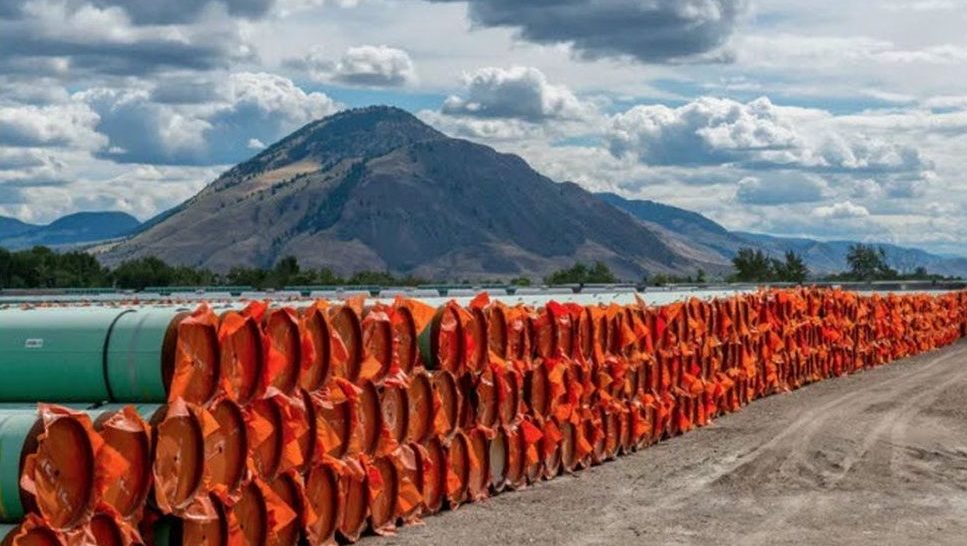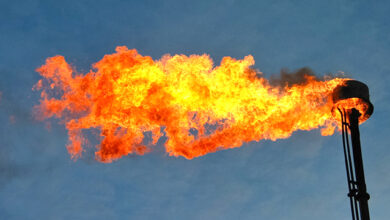
Crop Residue: To Burn or Not to Burn?
By: Sherri Roberts, PAg, Crops Extension Specialist, Weyburn

Weather conditions last season resulted in some fields remaining unharvested while others contained a lot of crop residue. In addition, today’s modern farming equipment allows producers to cut wider swaths. This can also lead to residue management issues, unless provisions have been made for installing a spreader system that can adequately spread the residue produced by these wider headers.
In some cases, producers are choosing to burn field residue. There is a common train of thought that burning assists in reducing disease inoculum and insect populations that could be present in the residue. This may seem like the easiest, cheapest and most effective way to deal with these various issues, but is it accurate?
Numerous studies point out residue burning does come with a price. Major negative impacts include:
- Soil erosion – crop residues are the most important insurance against soil drifting (Hill, 1953).
- Loss of organic carbon – experiments in Minnesota showed cutting corn stover recycling from 8.0 to 5.6 tonnes/hectare (t/ha) reduced soil carbon by 274 kilograms/hectare (kg/ha) (Huggins & Fuchs, 1997). In addition, the mass of total organic carbon and organic soil tends to be greater in non-burned fields than in burned fields in all soil layers (Kutcher). Carbon positively impacts soil fertility, soil structure, water infiltration, water holding capacity, reduces compaction and sustains microbial life in soils (Johnson, 2006).
- Loss of nitrogen (N) – residue removal reduces the uptake of both soil and fertilizer N (Wilhelm & Power, 1986). Losses of up to 98 per cent to 100 per cent of the N in flax, wheat and oat residue was lost (Heard, 2001).
- Loss of other Nutrients – Sulfur losses of 75 per cent, Phosphorous losses of 21 per cent and Potassium losses of 35 per cent in flax, wheat and oat residue (Heard, 2001).
- Lost yield – Building soil organic matter over time improves the productivity of the soil. There is a direct positive correlation between the amount of stover left on the soil surface and increased grain and stover yields for both corn and soybean (Wilhelm and Power, 1986).
- pH changes – burning residue can create a pH change from 8.23 to 9.04 (Srimuang, 2004).
- Electro conductivity changes – EC increased to 219 milliSiemens per meter (mS/m) from 128 mS/m showing a rise in salinity and a reduction in plant nutrient uptake (Srimuang, 2004.)
- Increase in soil crusting – decline in soil organic matter are frequently accompanied by structural deterioration of affected soils (Madsen, 1995 and Reganhold, 1990).
- Reduction in microorganism populations – populations that assist plants in nutrient uptake and disease management show a sharp decrease (Srimuang, 2004).
- Disease management – there was a greater incidence of sclerotinia stem rot in canola in areas that received burned treatment than the non-burned treatment. It was concluded that this increase may indicate that spore movement was less impeded when the crop stubble was removed, allowing increase access to susceptible plants. (Kutcher, 2010).
- Water repellency – the degree and longevity of water-repellent soil conditions and control factors on water repellency were organic compounds of burning residue, burning intensity and duration of the fire. Fire events that destroy surface soil by destroying soil organic matter protection decrease infiltration rates. This results in reduced surface initial abstraction of rainfall, increased erosion, and runoff rates (Wright and Bailey, 1982).
- Increased wind erosion – by doubling the mass of 25 cm high, wheat residue from 0.56 to 1.12 t/ha wind erosion can be cut by more than 95 per cent (Finkel, 1986).
- Adverse health effects – Anyone with compromised lung function can tell when fields are being burned and must take additional precautions, up to and including remaining indoors until the burn piles extinguish.
- In 1992, smoke from field residue burning was so intense on the outskirts of Winnipeg that home and commercial smoke detectors were being activated. As a result, the provincial government took action and legislation was enacted to control the level of crop residue burning.

The impact that burning has on soil organic matter is considered to be so great that the European Union prohibits the burning of stubble (the plant stalk below where the stalk is cut by harvesting equipment) as a measure to ensure soil organic matter maintenance.
Next time you’re thinking of “lighting up”, consider the cost and look for an alternative. Contact your nearest crop extension specialist or contact the Agriculture Knowledge Centre at 1-866-457-2377.
For the latest information and for more updates on everything Kindersley ‘Like’ the Kindersley Social Facebook page below…








































